Growing Organic Sweet Potatoes
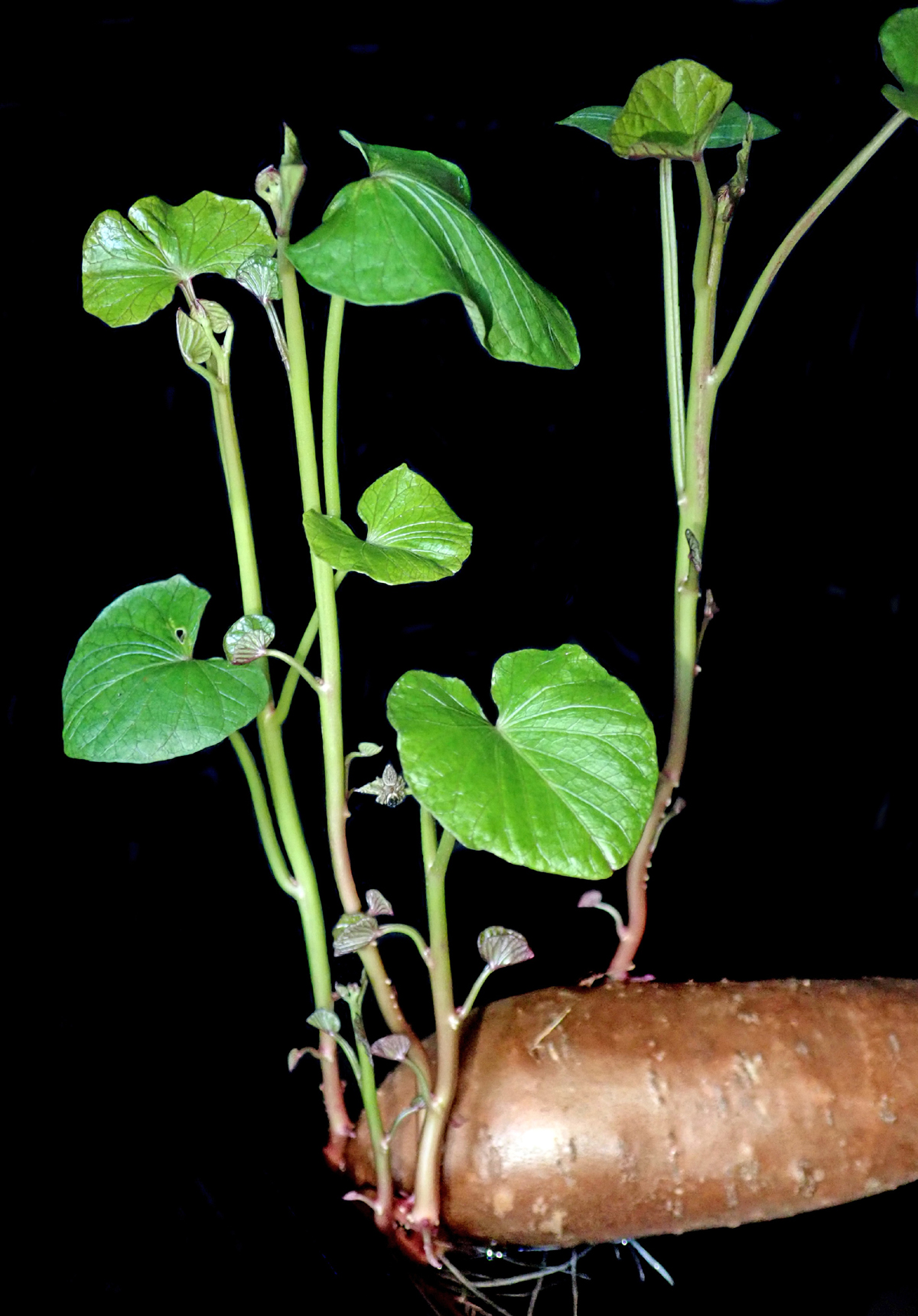
Sweet Facts About Sweet Potatoes (and Yams)
Growing sweet potatoes for food originated in S. America around 5000 years ago. If you’re growing sweet potatoes, the colors range from white to purple to brown to reddish, and the flesh colors range from white and yellow to orange and purple. In the U.S., growing orange-colored sweet potatoes is very popular, both commercially and by gardeners in warmer Southern climates; they go by the name “Yams” however. For purposes of this article, sweet potatoes and yams can be used interchangeably. Sweet potatoes are in the same family as morning glory flowers.
When to Plant
Sweet potatoes/yams mature in 60 to 270 days, depending on the variety. They are extremely frost sensitive and cannot be exposed to any frost whatsoever. Northern varieties are usually grown in raised beds with black plastic “mulch” to keep the soil warm and promote stronger growth. In the North, cover the raised rows with black plastic to keep the soil warm and promote strong growth. In warmer Southern climates, planting usually occurs between mid-March to mid-May, again, depending on the variety chosen. It is recommended that you wait to plant sweet potatoes/yams a few weeks after the last frost.
Where to Plant
More than anything, sweet potatoes and yams love warmth, and nothing provides that as well as full sunlight for as many hours in the day as they can get it, but a bare minimum of 6 hours daily. They can do well in warmer Southern climates in partial shade, but again, make sure they get their 6 hour daily minimum. It’s important to note that sweet potatoes can be damaged by temperatures lower than 50F. Yams do best in fertile, light, and deep sandy loam. Your soil needs to be well-drained but moist, and nutrient-laden. Their are a few varieties such as Centennial that have been bred to be tolerant of heavy, clayish soils. Sweet Potatoes can be grown in all sorts of soil, but they do best in the soil described two paragraphs previous. They don’t do well in rocky soil as the rocks misshape the roots.
Preparing The Soil
Sweet Potatoes and Yams prefer slightly acidic soil in the range of 5.0 to 6.0, but will tolerate ranges up to 6.5. The Sweet Potato/Yam doesn’t do too well in soil that’s too nitrogen heavy as it will put out long vines and relatively few potatoes. Normally, a good compost will provide most of the Nitrogen, Phosphorus, and Potassium your yams will need. Sweet potatoes need a good supply of Zinc. Build raised ridges – about to 12 to 18 inches – spaced three and a half feet apart. Mix in lots of compost to your soil, about 12 to 18 inches deep. Lots of compost equals about 4 to 6 inches deep down your rows. You should be able to expect about 1 lb. per foot of row planted.
Choosing The Right Seed Varieties for Your Area
The item of first importance in choosing seeds for growing sweet potatoes and yams in your area will be the length of your growing season. Your growing season should be all days total that are over a minimum temperature of 50F. Your best bet will be to talk to your seed expert at your local garden center about which varieties do well in your temperate zone. When you talk to your local seed expert, also ask for disease resistant varieties such as the “White Regal” sweet potato that shows resistance to fusarium wilt, southern root-knot nematode, internal cork virus, sclerotial blight, and cucumber beetles. There are many other varieties, we just mentioned the “White Regal” as an example of types of available disease-resistant varieties.
Seeds and Germination
The favorite way of most gardeners to plant sweet potatoes and yams is to use vine cuttings, which you can buy at many gardening stores. Or, if you’ve already grown your own crop, you can snip off about 6″ from the ends of the vines before the first frost in the fall. You put these cuttings in a pail of water, and keep them in a bright, sunny place until the spring. Most people don’t like to have buckets of sprouts in their home for months at a time, though, so they trundle on down to their favorite plant nursery and purchase slips (rooted sprouts). To plant these before the last frost, lay the roots about an inch apart in a non-separated planting tray, then cover them with a 2 to 4 inches of sand or a light soil such as a potting mix. Add another inch of sand once the shoots appear. Keep the soil moist but not wet. And keep your soil around 80F.
Once the shoots reach between 6 and 9 inches, cut them off just above the roots and transplant the roots to your garden. Just like regular potatoes, you can plant seed sweet potatoes, chunks of potatoes with one or two “eyes” in moist sand or light soil. Lay these seed sweet potatoes about an inch apart and cover with 2 to 4 inches of light soil or sand. Just like slips, once the shoots appear, add another inch or so of sand or light soil. The seed yams will grow best at soil temps around 80F and then 70F once the shoots appear. Transplant the roots into your garden in around 6 weeks once the nighttime temps stay above 50F and the daytime temps range from about 75 to 95F.
Starting Your Sweet Potatoes and Yams Indoors
As mentioned in the previous section, it’s best to use a light soil mix or sand or even sawdust to begin growing your sweet potatoes/yams indoors. Because sweet potatoes and yams are a root crop, it’s best to us a box or tub that’s around 6 to 8 inches deep. Place the slips on the light soil or sand and cover with a few inches of soil. Once the shoots are up, add another inch of soil. In about 6 weeks you can pull up the shoots and roots and transplant them to your prepared garden area.
Transplanting Sweet Potatoes and Yams
If your soil temperature is at least 60F, and the nighttime air temps no lower than 50F, it’s time to transplant your roots to your prepared garden area. Carefully pull up your sweet potato roots and bury them in the soil with a few leaves above the surface of the soil. Space the slips from 6 to 12 inches apart, and space the rows 3 to 4 feet apart. If you space your plants further apart you’ll usually get much larger potatoes. If you’re using a black plastic mulch, cut a slit in the plastic and plant your slips through the plastic by pushing your shovel or trowel into the soil, pushing it backwards, then forward and inserting the root behind the shovel. Water the new planting well.
Planting Your Seed Sweet Potatoes or Yams Directly into Your Garden
Most crops you’ll plant right around or just after the last frost, and potatoes a month ahead of the last frost, but NOT sweet potatoes/yams! This vegetable likes warm soil, so you’ll want to wait about 3 or 4 weeks after your last frost to plant your slips. Plant the slips about 12 inches apart and in a hole about 6 inches deep, burying all but the top leaves.
Growing Sweet Potatoes and Yams Successfully Until Harvest
As a member of the morning glory family, it’s no surprise that sweet potato vines can get up to 20 feet in length or more. As the vines touch down to the soil, they’ll root and produce more tubers. If you’ve used a black plastic mulch or even straw mulch, you can carefully keep the vines from rooting so that they put their energy into the yams under the main plant which will be the larger fruit. If you’re growing just a small patch of sweet potatoes, you can trellis the vines to keep them from re-rooting. Don’t over-water sweet potatoes and yams as they’ll rot in the ground. Err toward a little dry than too wet. If you’ve prepared your soil with adequate compost, it is unlikely you’ll need to add fertilizer during the course of the growing season.
If you do need to, side dress your plants with well-composted manure or compost. It’s not a bad idea to use row covers if you live in a Northern climate as it increases the heat underneath the covers around 2 or 3 degrees. This can make a big difference to a crop that loves heat. When you’re growing sweet potatoes, spray your plants every couple of weeks with a liquid organic leaf spray fertilizer. It naturally stimulates your garden plants to produce more plant sugar in the photosynthesis process. That in turn creates a more robust plant, more produce from your garden, and better and sweeter flavor. And they have a really good warranty!
Mulching and Weeding
In Northern climates, the preferred mulch is black plastic. Yams are a hot weather crop, so any additional heat will improve your crop. Mulch the vines 2 weeks after planting to smother weeds, conserve moisture, and keep the soil loose for root development. Another benefit to black plastic mulch is that it provides a modicum of weed control. Don’t use clear plastic as it warms the soil but does nothing for weed control. Another reason weed control with black plastic works well is that sweet potatoes and yams have shallow feeder roots, and cultivating the soil around yams and sweet potatoes may have an adverse effect on the health of your crop. Once the sweet potatoes and yams shoot out vines, they effectively squelch weeds. If you don’t use any form of mulch, you’ll need to hand pull competing weeds early in the season.
Watering Yams and Sweet Potatoes
As previously mentioned, you’re better to err on the side of under-watering growing sweet potatoes and yams than over-watering, but of course just the right amount is best! One good dose of water weekly (about 1 inch of water) will normally suffice. If the soil seems to be drying out too quickly, an additional watering may be needed. If you’re using black plastic mulch, drip or trickle irrigation will be much more effective than overhead watering. As the season nears harvesting time, ease up on watering and stop altogether 2 or 3 weeks before you plan to harvest your sweet potatoes. Over-watering late in the season may cause the roots (potatoes) to crack, sprout, or rot.
Companion Planting and Rotation Considerations
Summer Savory makes a good companion to sweet potatoes as it reputedly confuses and sometimes repels the sweet potato weevil and is said to add minerals to the soil. Most crops do well following legumes such as peas and beans because these crops “fix” the nitrogen in the air into the soil, benefiting any crop that follows. Some gardeners grow these crops along side of beans, but you have to protect the beans as the sweet potato vines may choke them out. Dill attracts hoverflies and predatory wasps and repels aphids and spider mites to some degree. Oregano repels the cabbage butterfly as well as the cucumber beetle. Squash and Sweet Potatoes compete because of their vine sprawls. You need to give both crops lots of room. Crops that rotate well are radish, beets, sweet corn, alfalfa, beans, spinach, lettuce, peanuts, and cowpeas.
When to Harvest
Once the leaves begin to yellow in the late summer or early fall, your sweet spuds are ready to harvest. However, you don’t need to rush it as they will continue to grow and increase their vitamin content. Your sweet potatoes should average 4 inches to 6 inches in length for most varieties. You absolutely don’t want to wait until frost though; once it frosts, yams and sweet potatoes will quickly rot in the ground. If a frost catches you with your guard down, though, don’t fear, just move fast to get your crop out of the ground. It’s best to dig your sweet potatoes and yams when the weather is still warm and dry if possible. Use a spading fork or a shovel and start about 18 inches back from the plant stem and work in until you get a pretty good idea of how close the potatoes are to the main plant stem. Be very careful not to nick or bruise the tubers as it will affect their storage longevity. You can also selectively harvest in mid-summer by removing “outlier” potatoes but not harvesting too close to the main plant stem.
Storing Yams and Sweet Potatoes
The reason it’s best to harvest sweet potatoes or yams on a warm, dry day is that it’s a best practice to allow them to cure in the sun for a few hours. Even after that they store best if they can start in a warm, dry, and well-ventilated area for 10 to 15 days at 85 to 90F. After this initial drying period, the yams and sweet potatoes store best at around 55F at about 75% humidity. Admittedly, most of us don’t have that kind of control over our storage areas, but do the best you can to shoot for that temperature in a dark area and you should be able to keep your sweet potatoes for about 3 or 4 months. Absolutely don’t leave your harvested sweet potatoes on top of the soil overnight if there’s a danger of frost as they’ll be ruined for long term storage. You can also freeze, can or dry sweet potatoes. More on that at a later post date.
Preventative and Natural Solutions to Common Pests
Sweet potato weevils are around 1/4″ long; they have reddish-orange bodies and dark bluish heads They puncture the stems of sweet potato and yam vines to lay eggs. The larvae then tunnel down to the tubers and feast on the them while the adult weevils dine on the vines and leaves. They also spread foot rot fungus to sweet potatoes. The two best ways to reduce these pests is to use disease resistant slips and rotate your crops to new locations annually. Don’t revisit the same spot for at least 4 years. If you have an infestations, dig up your plants and incinerate them or send them out with your household trash.
Flea beetles are one of the worst pests. These tiny beetles chew holes in leaves and stems of seedling which is when they’re most vulnerable, and can weaken or kill the plants. Row covers are effective if they’re completely sealed with dirt or sandbags. Check under your row covers to make sure you beat the beetles to your plants and to make sure the weeds aren’t choking your plants either. Proper nutrition and watering also helps your plants resist flea beetles. Ridding the area of bindweed and wild mustard also helps. One effective remedy for these beetles is powdering your plants with diatomaceous earth. It only works if dry, though, so if it rains or you irrigate you’ll need to re-dust your plants. If plants become infested, spraying organic pesticides such as Beauveria bassiana or spinosad may knock back the population of flea beetles and save your plants.
Cutworms will attack sweet potatoes and yams – usually early in the season when the plants are young and tender – at the soil line, killing the plant. They don’t eat the tops of the plants. Cutworms vary in color, gloss, and patterns (spotting or striping); they’re black, green, gray, brown, pink, or tan, with lots of variations in those colors. If you disturb a cutworm, they’ll curl up in a ball. The adult moths are also varied in color and pattern, but are typically have about a 1.5 inch wingspan. The forewings are typically striped or spotted and are darker than their rear wings. Their colors range from white to brown to black to gray. To spot cutworms, check around your plants, especially if one is wilting, in the evening. Move clods or other debris away from the base of your plants to find hiding cutworms. Look for cutworm droppings on the ground that’ll be a sign that cutworms have been eating your plants. It helps to make sure there’s no weeds or decaying plants on the surface of the soil where small cutworms thrive.
Rototilling your soil helps to kill larvae by turning decayed plants into the soil where they’re unavailable for cutworm larvae to feed on. Don’t use green manure as the adult moths lay eggs in it; rather, use composted manure. If you rototill your garden in the fall, it helps to expose or get rid of larvae and pupae. If you have just a few plants, you can make a cardboard or aluminum foil collar to dig in a few inches around the base of your sweet potatoes/yams; this makes a physical barrier to keep cutworms from feasting on the base of your plants. Diatomaceous Earth is very effective against cutworms, but remember that it only works if it’s powdery and needs re-applied if your plants and soil become wet. Root knot nematodes burrow into roots and cause pimple-type growths on the roots. Currently the best organic control of root knot nematodes is crop rotation, although there are organic solutions being studied that appear promising.
Environmental Factors
Dry rot “mummifies” potatoes in storage, but can usually be avoided by storing potatoes at the proper storage temperature range of 55 to 60F. Black rot is a fungal disease that causes dark circle-shaped depressions on your yams or sweet potatoes. While black rot looks somewhat like “scurf” – small, black spots on sweet potatoes that doesn’t affect the eating or storage quality – but causes yams and sweet potatoes to rot, unlike scurf. Black rot can be prevented by planting rot resistant varieties, rotating your crops on the standard 4 year rotation, and not over-watering. Dispose of infected tubers upon discovery.
Stem rot or stem wilt enters plants that have been damaged by wind, careless handling, or insects. Stem rot will affect the quality and production of your garden’s sweet potato crop. You can avoid stem rot and wilt by planting healthy and resistant variety slips. Handle carefully when transplanting to minimize places where the fungus can enter the plant. Wash your hands before handling the slips and use sterilized soil. Observe strict sanitation procedures when handling plants and cuttings. Hands should be washed with soap and water before and after contacting plant tissue Destroy diseased plants if found. If a flat of seedlings is infected, it’s best to throw the whole tray away.
Scurf, mentioned previously, are small black fungal spots on the surface of sweet potatoes that don’t affect the flavor or storability. Scurf is promoted by too much wetness, either from rain or over-watering, but only attacks the tubers below ground and not the plant above ground. The best prevention is to plant resistant varieties and discard infected slips by wetting your slips and looking for the black spores. You can dip your slips in a homemade organic fungicide. In a gallon of water add a couple drops of organic olive oil, a couple drops of environmentally-friendly liquid soap, and 3 tablespoons of baking soda. Dip your sweet potato or yam slips in this mixture to effectively control fungal diseases.
The Author:
Barry Brown is a 3rd generation organic gardener who is passionate about a sustainable and natural lifestyle. His personal standards for organic living far exceeds USDA certification, which he believes is more about money than food quality and purity.

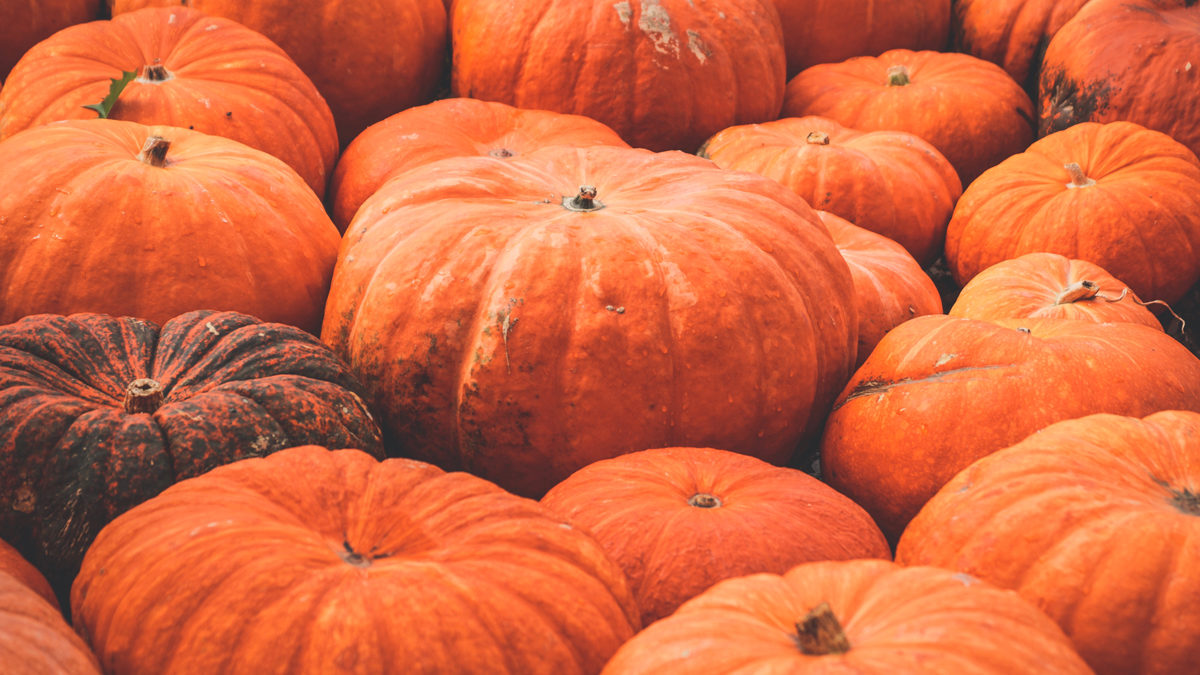
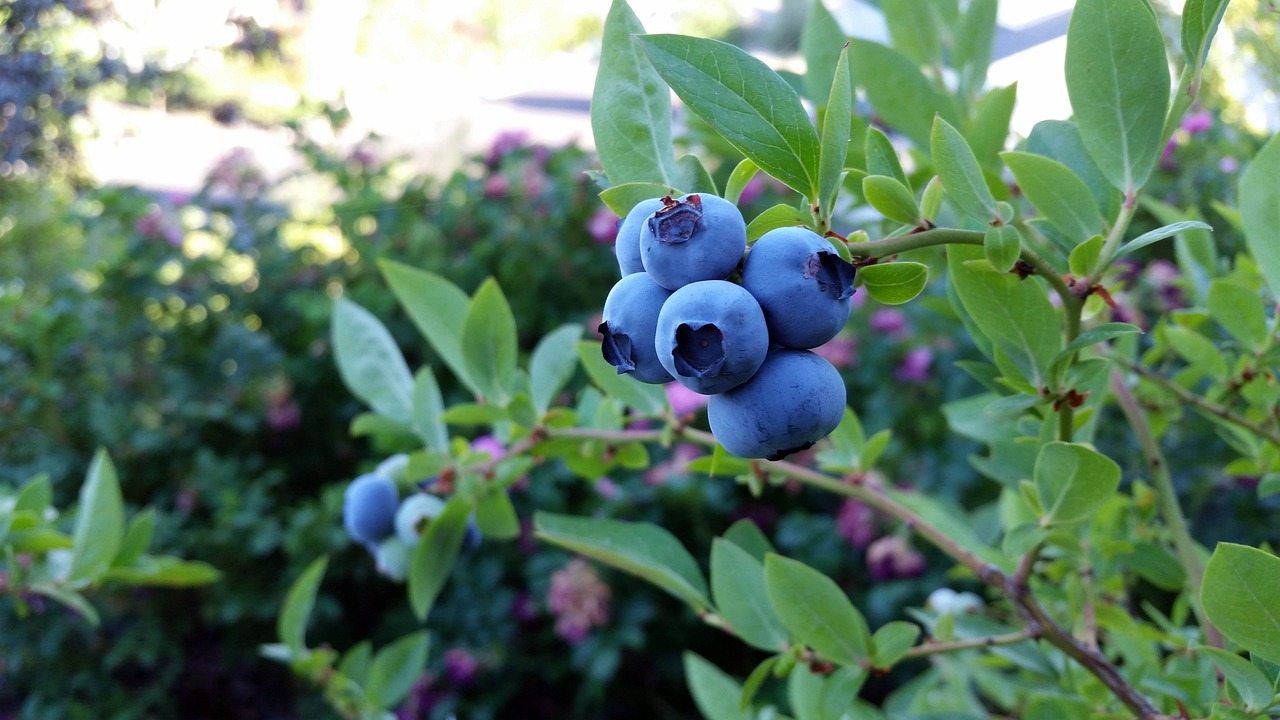
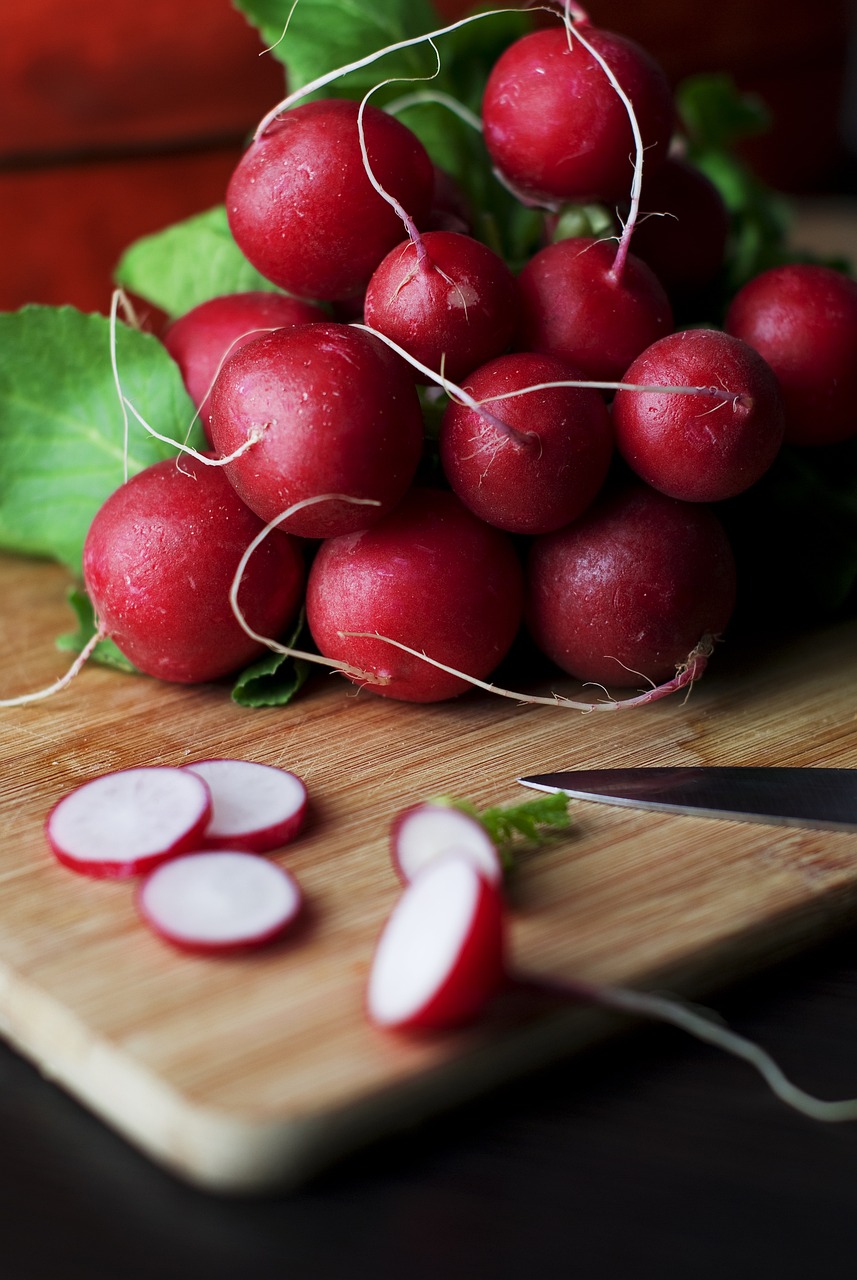
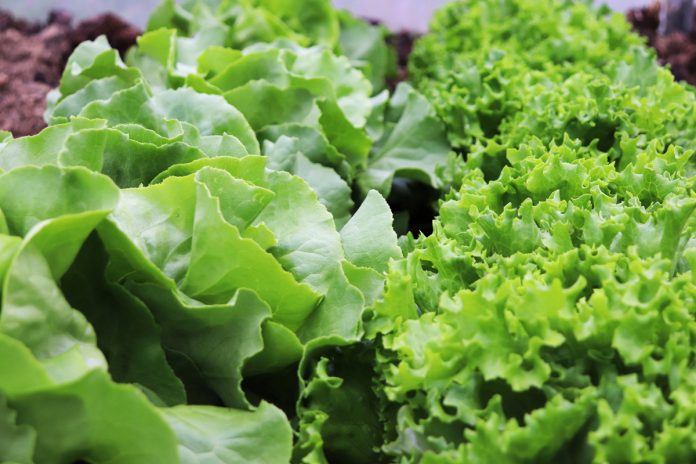
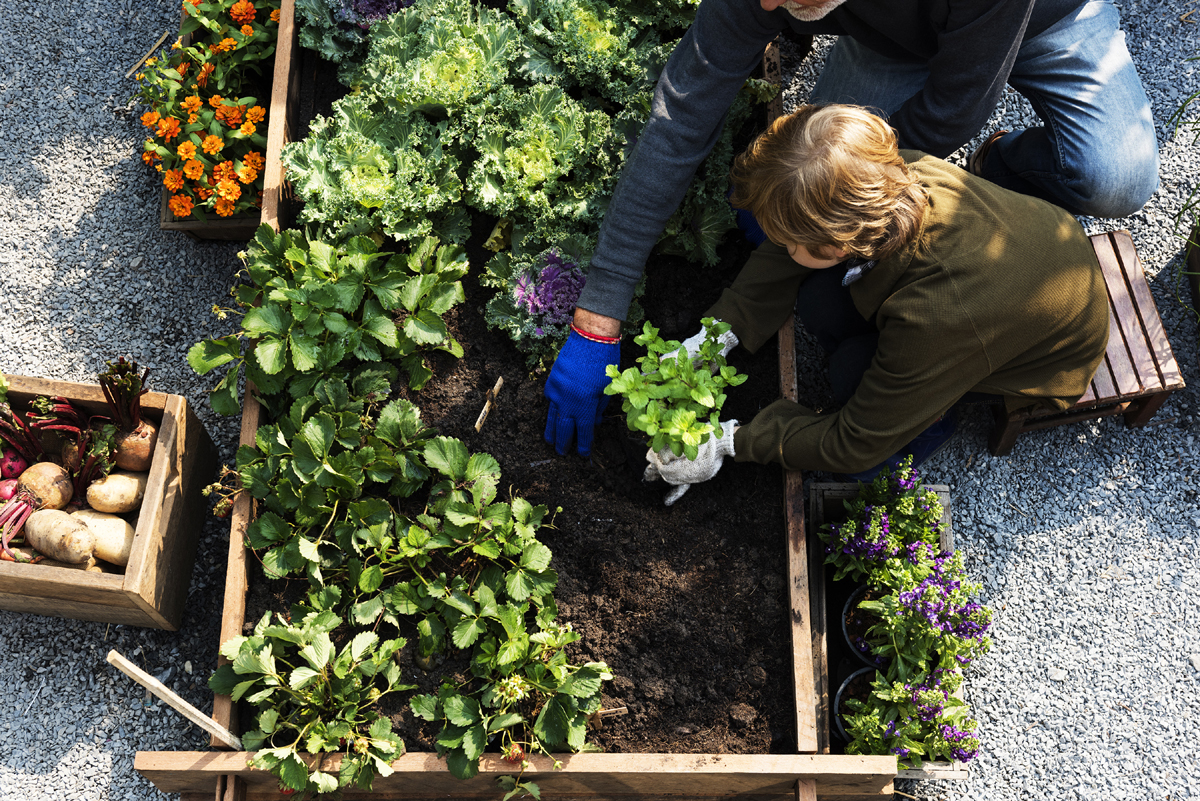

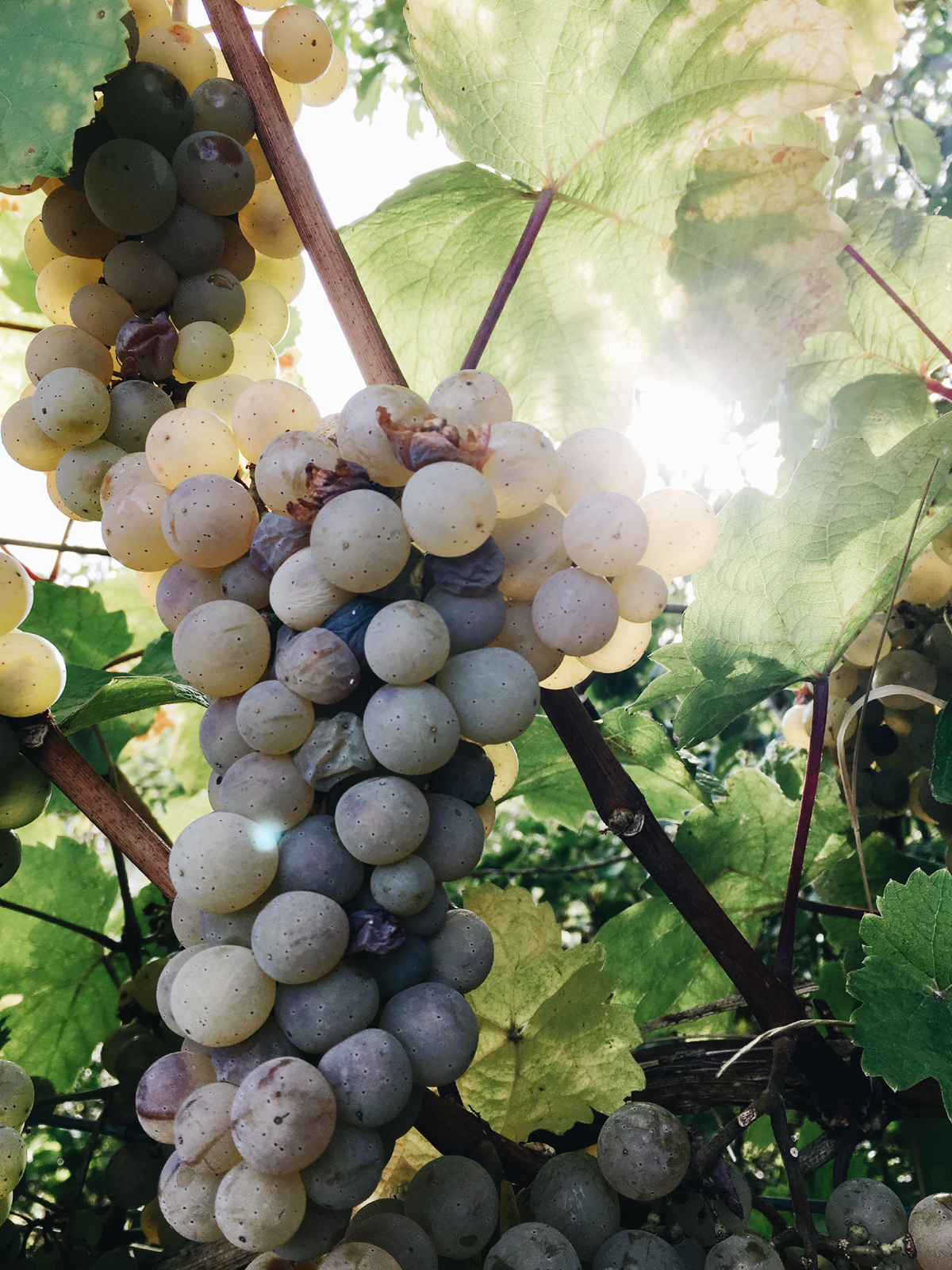
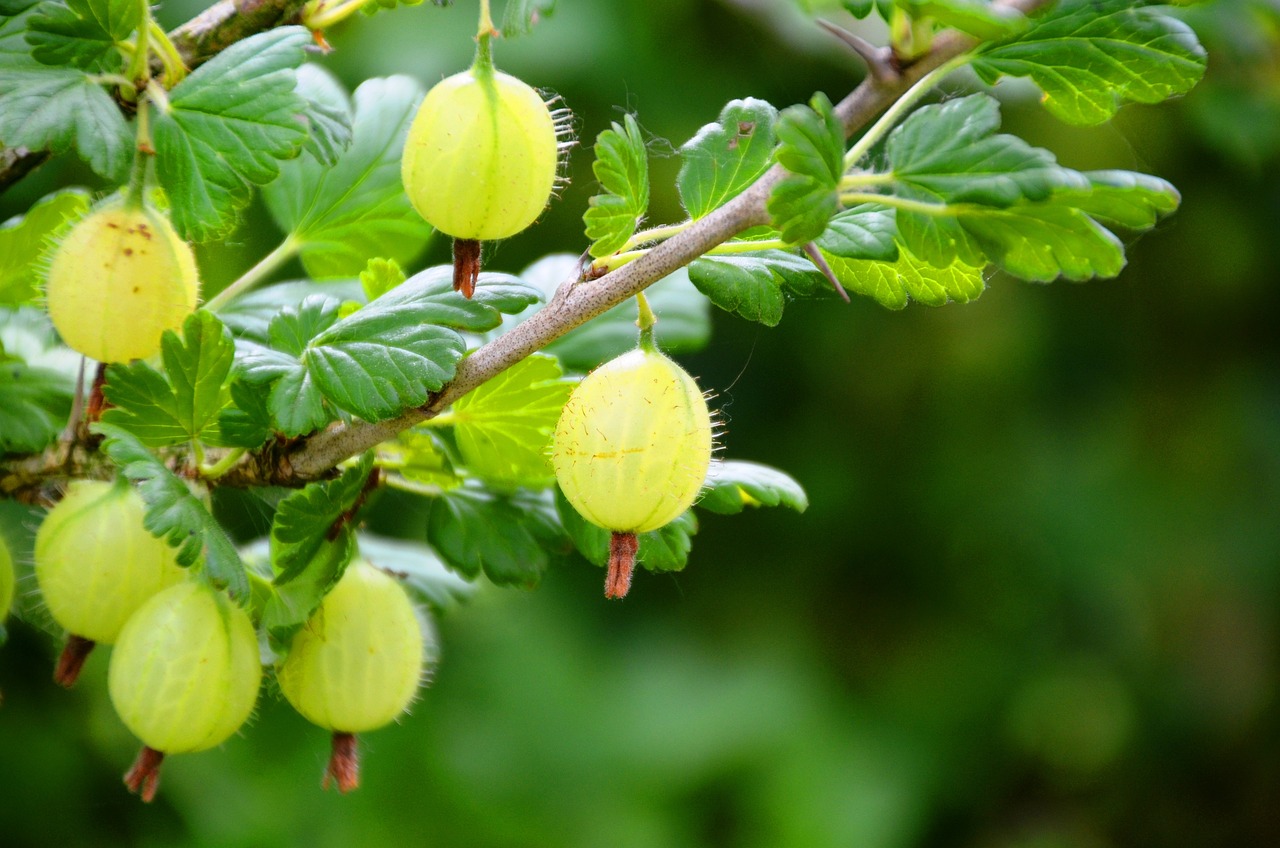
I love your article. my main reason for searching was to find out the growing period.
informative,concerning pests,scrub,etc. Thank you for sharing.
Thank you for your kind words! I’m glad you found the article informative and helpful. When it comes to growing organic sweet potatoes, the growing period typically lasts around 90 to 120 days, depending on the variety and growing conditions. It’s important to take proper care of the plants during this time to ensure a successful harvest. If you have any more questions or need further assistance, feel free to ask. Happy sweet potato growing!